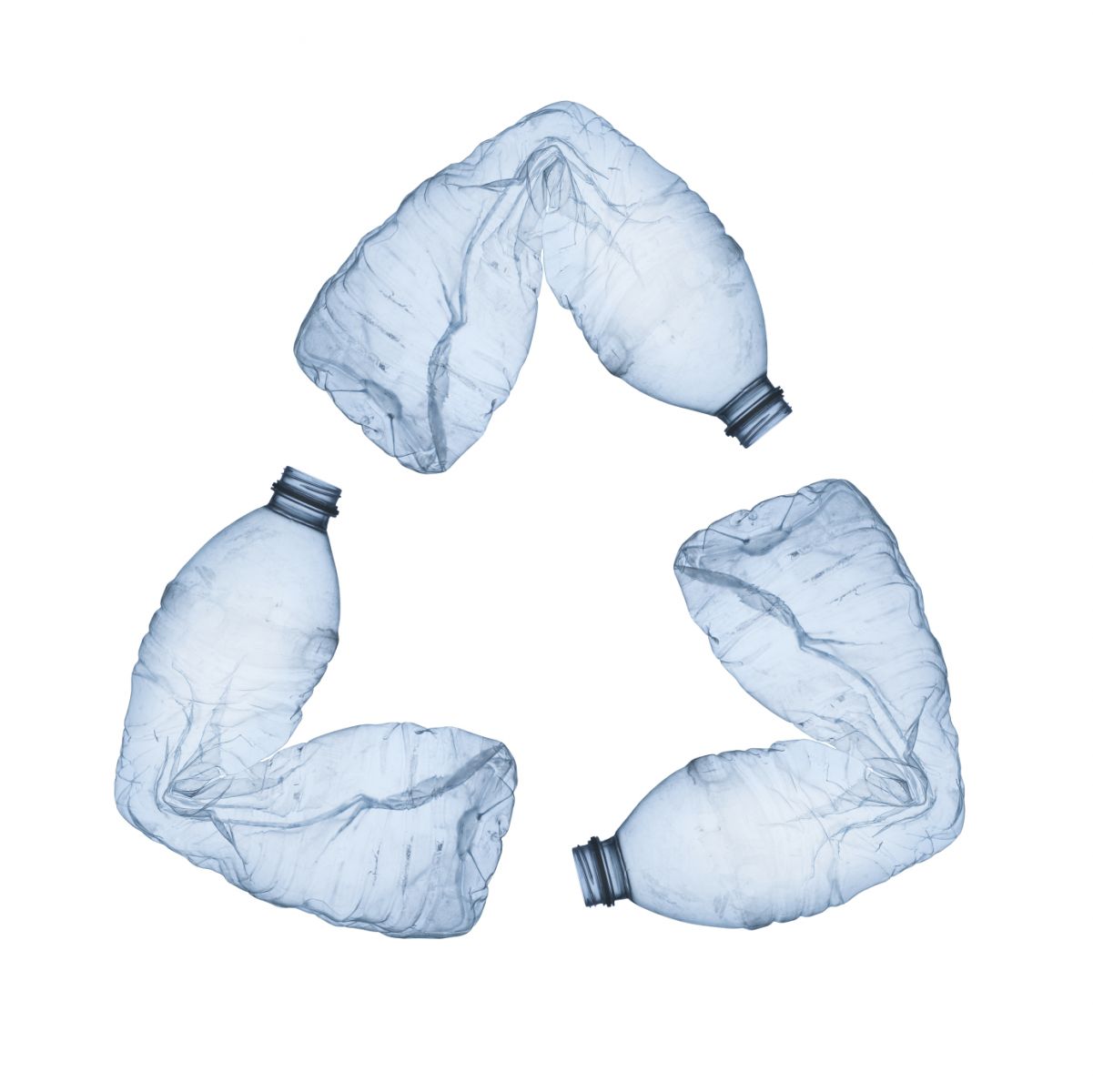
A Green, Sustainable Alternative to Virgin Polyester
Do you normally frown and turn away when you come across “polyester” on a garment label? You aren’t alone! Thousands of others, including me, share your dislike for virgin polyester, which is an energy-hungry, non-sustainable synthetic fibre. But that distain doesn’t stop it being one of the two (along with cotton) most produced fabrics in the world! Now, would you believe me if I told you that not all polyester is bad?
There is, in fact, a “green” version of this textile – Recycled Polyester, which has the term “polyester” in its name, but is nothing like the polyester we all know about. Join me as I explore what this fabric is, how it is made and the latest developments in manufacturing and use, over the course of this article.
What is Polyester?
Polyester is a manmade fibre, synthesized from petrochemical products such as ethylene glycol and dimethyl terephthalate, by a process called polymerization. This is a complex process, but if you’re interested, you can find out more here. Although this fibre is wrinkle-resistant, easy to clean and dries quickly, it is notorious for a number of reasons:
The first of these is that the fabric is not environment-friendly. Production of the fabric involves huge quantities of water, chemicals and use of fossil fuels. The raw materials and by-products are toxic, pollute water and air and cause several health issues.
Apart from the environmental factor, the non-biodegradable fabric has an artificial shine and feel – it’s not generally a nice fabric to touch, to look at and particularly to wear. It doesn’t breathe like cotton or other natural fibres, which makes the experience of wearing polyester hot and sweaty – not what I want to wear at all! Is any one else picturing Classic 70’s Polyester Shirts?!
Recycled polyester, however overcomes most of the disadvantages of conventional polyester. Let us take a closer look at it.
Recycled Polyester – How is it different?
Unlike polyester, recycled polyester uses PET as the raw material. This is the same material that is used in clear plastic water bottles, and recycling it to create the fabric prevents it from going to landfill. The steps involved in the production process are as follows.
- The collected PET bottles are sterilized, dried and crushed into small chips.
- The chips are heated and passed through a spinneret to form strings of yarn.
- This yard is wound up in spools.
- The fibre is then passed through a crimping machine to create a fluffy wooly texture.
- This yarn is then baled, dyed and knitted into polyester fabric.
How Ethical Is It Versus Virgin Polyester?
This process of converting PET into recycled polyester requires much less energy than in the case of normal polyester. In fact it takes 33-53% less energy. Isn’t that a huge difference? There are two main advantages to this process:
- Using more recycled polyester reduces our dependence on petroleum as the raw material for our fabric needs.
- Diverting PET bottles for this process reduces landfill, and thus less soil contamination, air and water pollution.
Technological Advances that Make Recycled Polyester More Attractive
With nearly 653,740 tons of clothes sent to landfill every year, wouldn’t you agree that recycling textiles is becoming increasingly necessary? Textile recycling technology has immense scope where polyester is concerned. Closed loop manufacturing processes are being adopted by more and more manufacturers today, who refine old polyester into new raw material for garments. This technology has nominal waste, consumes limited energy and causes very little pollution. In short, it is environment-friendly.
It can also be a really quality fabric, breathable, lightweight, hardwearing. The vision we have of ‘bad quality’ polyester is a very outdated one.
Patagonia has made significant strides in this area. Having started the practice of recycling plastic bottles into their products in 1993, they were the first outdoor clothing manufacturer to have adopted recycled polyester in their garments. They have also offered take back schemes for years for when your garment wears out. They encourage long life use of clothing even running marketing campaigns telling their customers not to buy items! (Unless they really needed them).
* Aims to protect the environment, Hone-Strong Industrial CO., LTD. develops series of eco-friendly fabrics for clients. Please feel free to contact us for more information.
Article Retrieved from
http://theswatchbook.offsetwarehouse.com/2015/01/29/what-is-recycled-polyester/
Photo Retrieved from
https://www.google.com.tw/search?espv=2&biw=1280&bih=845&tbm=isch&sa=1&q=plastic+bottle+recycle&oq=plastic+bottle+recycle&gs_l=img.3..0j0i30k1l9.2263.3995.0.4228.8.5.0.3.3.0.45.183.5.5.0....0...1c.1.64.img..0.8.192.vGBISKfXNL8#imgdii=Dcb7eaIMWrIPAM:&imgrc=0KkpVcjnwxnzAM: